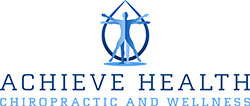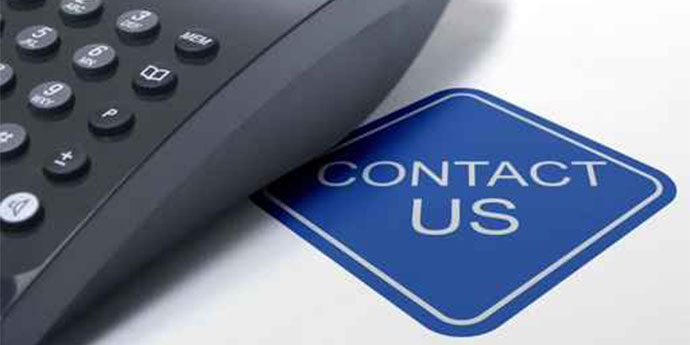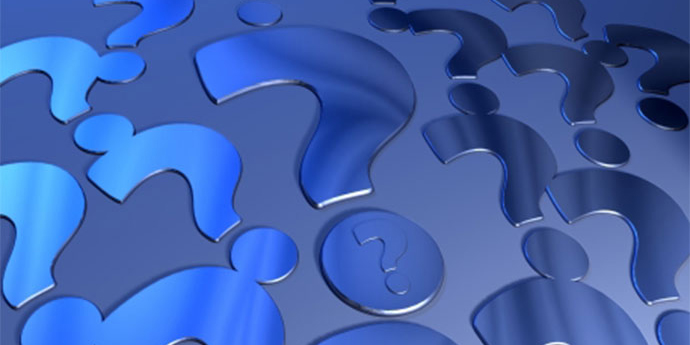Migraine In children and Adults
Migraine is a common cause of undiagnosed headache in children. Studies suggest that around 60% of children aged between 7 and 15 experience headache. Around 1-2% of 7-year-olds and 2.5% of 9-year-olds have migraine; more than 5% of 15-year-olds are affected. Migraine affects boys and girls equally until puberty, after which migraine is more prevalent in girls. Severe pain and vomiting mean that children often have to remain at home during attacks and are unable to participate in normal daily activities. If such attacks are frequent, migraine can have a significant detrimental effect on schooling.
Diagnosing migraine
Migraine in children differs from migraine in adults in several ways:
• Headache typically affects the whole head, rather than one side.
• Headache may be only a minor symptom and may be absent.
• Vomiting and/or abdominal pain are prominent.
• Attacks are shorter, sometimes lasting less than an hour.
As in adults, children are pale and lethargic. There is no diagnostic test for migraine, so diagnosis depends entirely on the story and pattern of attacks. A headache diary is an invaluable aid both for diagnosis and management. Recurrent bouts of headache with nausea or vomiting, with complete freedom from symptoms between attacks in an otherwise healthy child, are probably migraine. Some children look pale and yawn for a few hours before the headache starts; others are bursting with extra energy. Some children may experience migraine aura, typically bright visual zigzags or blind-spots, lasting up to an hour before the headache starts. Attacks may last only a couple of hours; parents are often surprised at how quickly children recover.
When should I take my child to the doctor?
It may be obvious, particularly if you have migraine yourself, that your child’s symptoms are typical of migraine. If attacks have obvious causes, symptoms respond to painkillers, and your child is otherwise fit and well, it is probably not necessary to seek a doctor’s advice. However, you should make an appointment for your child to see a doctor if there is any doubt about the nature or cause of the headaches, if your child seems generally unwell, or if the headaches are interfering with daily activities.
In particular, it is very important to see a doctor in the following circumstances:
• Headaches start under age 7.
• The headache changes.
• An unaccountable increase in frequency, severity and duration of attacks.
• Recent school failure.
• Personality/behavioral changes.
• Fits or blackouts.
• Balance or co-ordination problems.
• Failure to grow/attain normal developmental
Managing Migraine
Migraine in children is essentially managed in the same way as migraine in adults. The main concerns that need addressing are:
• What causes the headaches?
• What will make the headaches better?
The cause inadequate nutrition is probably the major trigger in this age group, particularly during the adolescent growth spurt. It is not uncommon for children to rush off to school after an inadequate breakfast, taking a packed lunch that they do not eat because they would rather play games in the lunch-hour. It is not surprising that many children develop a headache by late afternoon. Parents should make an effort to provide their children with an adequate breakfast so that, even if they do miss lunch, at least they have been set up for the day. Food allergy in children is contentious. Missed meals make a child more likely to crave sweets or chocolate and sweet cravings are a common prodromal symptom of migraine and chocolate is often wrongly blamed as the migraine trigger.
A few susceptible children have established a definite and reproducible temporal relationship between the consumption of certain foods and the onset of migraine but keeping a food diary usually identifies such foods. For the majority, it is unnecessary to restrict food and much more important to ensure that children have a sensible and regular diet. Sport can also trigger attacks, probably by dehydration and effects on blood sugar. Drinking lots of water and sucking glucose tablets before and during sport can help in addition to supplementing meals with mid-morning and mid-afternoon snacks. Allowing time for rest and relaxation is also important in children, who benefit from a fixed bedtime to ensure sufficient sleep. Migraine in girls may coincide with puberty and the start of menstruation.
Making The Headache Better Drugs To Control The Symptoms
Resting in a quiet, darkened room, using a hot or cold pack to ease the pain, and gentle massage, may be sufficient to control mild symptoms. Most children want to lie down during an attack and they should be encouraged to sleep as this can hasten recovery. Encourage your child to eat or drink something, if possible. Drug treatment should be kept simple. If taken early in an attack, over-the-counter analgesia may be all that is necessary. Syrups should be given where possible. Soluble or effervescent analgesics can be dissolved in a sweet fizzy drink to make them more palatable and more effective.
Treatment should be taken in adequate doses as early in an attack as possible since the gut shuts down during migraine, which can delay absorption of drugs, reducing their effectiveness. It is worth informing your child’s school about the problem. If possible, provide staff with specific written instructions for management, stressing the need for early treatment. Schools have different rules regarding treatment. In some schools, teachers and/or nurses may agree to administer some medication. In other cases, the school will telephone the parent to collect the child. Paracetamol is often considered the drug of choice as it can be given as syrup to even very young children. It is also available as a suppository. Ibuprofen is a more effective alternative. Aspirin is not recommended for children under 16 in the UK. Migraleve is an over-the-counter tablet for children over age 10, combining paracetamol, codeine and buclizine, which can help nausea. Children should avoid drugs containing caffeine. If these are inadequate to control symptoms, other drugs are available on prescription from your doctor. Some studies have demonstrated the efficacy of triptans in children, but most are still not recommended for patients under the age of 18 years. An exception is sumatriptan nasal spray, which can be given to adolescents over age 12.
Preventing Migraine
Identification and management of trigger factors is the mainstay of treatment. Children also respond well to biofeedback and relaxation techniques, which should be considered before instigating drug therapy. Unless the headaches are really disabling, it is rarely necessary to give children daily drugs to prevent attacks. A short course of preventative drugs may be indicated when there is concern that attacks are interfering with normal school work – often around exam time. The child should try them out before the critical time to ensure that the drug can be tolerated and side effects do not compromise performance. The most commonly prescribed prophylactics for children are propranolol and pizotifen, with pizotifen being the drug of choice. Cyproheptadine may also be used. These are available on prescription.
When Treatment Fails
If children are experiencing frequent attacks of migraine or headache, particularly if these are not responding to simple management strategies, there may be other underlying problems such as depression, bullying at school, or other emotional problems. Overuse of acute medication should be considered as this can itself be a cause of frequent headache. Drug to treat the symptoms of migraine should not be used regularly on more than two to three days a week.
The two most familiar head pains are tension and muscular headaches. First let’s look at the attributes of a tension headache. The tension-type head pain is described as less severe than a migraine, but a feeling of rigidity around the head along with agonizing pain and neck tenderness. Tension headaches characteristically commence during the afternoon and may be aggravated by emotional or physical stress. If you suffer from this kind of headache, you are not alone.
Tension headaches are the most common type of head pain and an estimated 75% of the populations are sufferers.
The other type of headache that is common is the muscular or muscle tension headache. These headaches as the tension headaches are extremely excruciating. The majority originate from the neck. Neck distress, such as whiplash or falls will notably amplify the risk of this type of head pain. Since it originates from the neck it is also known as cervicogenic headache. The risk of developing this headache after a fall or injury is awfully strong, even if years have passed since the injury occurred.
Chiropractic Care is more effective and safer than most medications for headache. Chiropractic care is also a safer and more effective way to lessen the neck pain linked with cervicogenic or muscular tension headaches.
Chiropractors will ascertain the root of the headaches and treat the root which in turn will lessen the sign which is the headache. Even frequent headaches can negatively affect your viewpoint and your productivity, at home or at work. Instead of reaching for the medications, reach for a safer and more effective form of relief. Make an appointment to see your Minnesota Chiropractor now and rid yourself from headaches the natural and safe way.


